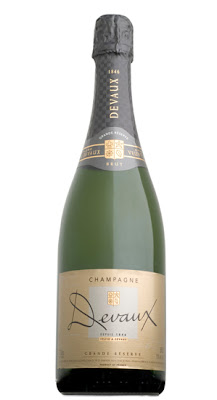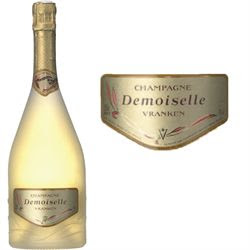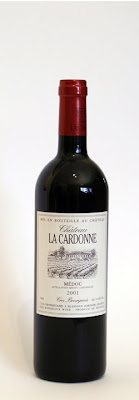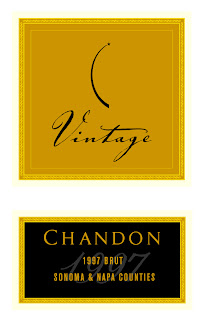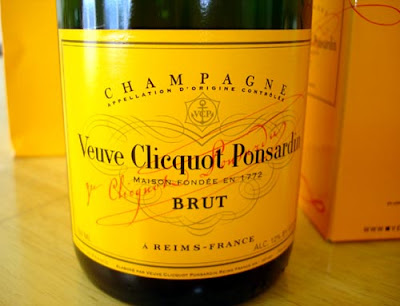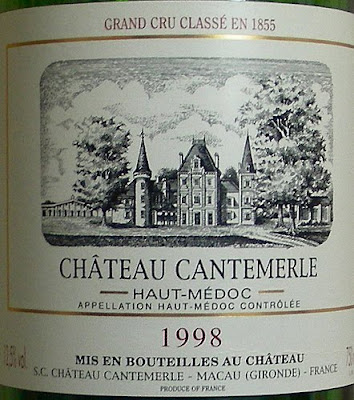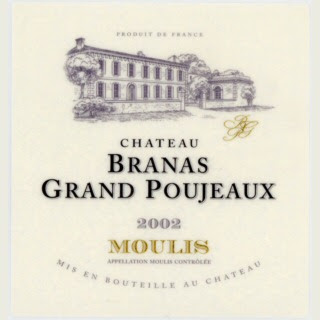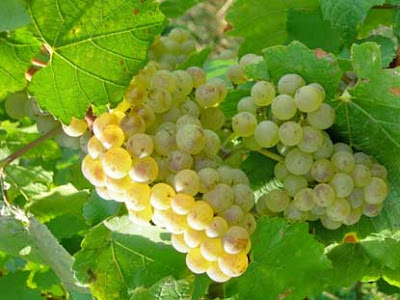This area includes the great wine region of Piedmont as well as the regions of Liguria, Lombardy, and Valle d’Aosta. Generally, the wines are fuller and richer than those of northeastern Italy, which is a more mountainous area.
such contrasting topographies as northwest Italy, from the alpine pistes of the Valle d’Aosta and the Apennines of Liguria to the alluvial plains of the Po River. Contrast is also evident in the character of its two most famous wines—the big, black, and tannic Barolo DOCG and the light, water-white, effervescent, and grapey-sweet Asti DOCG.
 PIEDMONT (PIEMONTE)
PIEDMONT (PIEMONTE)Piedmont is dominated by two black grapes (Nebbiolo and Barbera) and one white (Moscato). Nebbiolo makes the magnificently rich and smoky Barolo and the elegant, more feminine, yet sometimes just as powerful, Barbaresco. The Barbera has a much greater yield than Nebbiolo but is potentially almost as fine. It is softer in tannin, at least as high in acidity, and excels around Alba and, to a slightly lesser extent, around Asti. White Asti, made from Moscato, is Italy’s most popular fine wine. Whether still, frizzantino, or spumante, Asti is light and succulently sweet, with a mesmerizing grapey character. Fully sparkling Asti is no longer called Asti Spumante because the term, like mousseux, has a cheap, low-quality connotation and Asti is undeniably the world’s greatest dessert-style sparkling wine.
LOMBARDY (LOMBARDIA)Northeast of Piedmont, Lombardy stretches from the flat plains of the Po Valley to snow-clad Alpine peaks. The region’s finest wines include Franciacorta’s full reds and its new DOCG for classic brut sparkling wines, plus the best of Valtellina’s red Sassella. These wines are still relatively unknown compared with Piedmont’s Barolo and Barbaresco and are good value.
LIGURIAOne of Italy’s smallest regions, Liguria is more famous for its Riviera, which is set against the dramatic and beautiful backdrop of the Maritime Alps, than it is for its wines. Cinque Terre, which is the best-known Ligurian wine, is named after the Cinque Terre, or five villages, which are perched along the Ligurian coast, above which the steep, intricately terraced vineyards tower like some great Aztec pyramid. Other than the Cinque Terre, interesting wines include the soft, spicy Rossese di Dolceacqua and the vividly colored Albenga rosé of the Riviera Ligure di Ponente DOC. The Colli di Luni is almost Tuscan, and part of this DOC even overlaps that region, so it is not surprising that it is capable of producing a decent Sangiovese. However, most Ligurian wines belong to the
category of pleasant vacation drinking, and some of the best potential vineyards have been grubbed up to accommodate the tourists who drink them.
VALLE D’AOSTAIf Liguria is a marginal wine region, then Valle d’Aosta is almost subliminal. High in the Alps, overlooked by Mont Blanc and the Matterhorn, the Valle d’Aosta looks at first as if it could as easily be a part of France or Switzerland as of Italy, but the only easy, natural access is from Piedmont along the Dora Baltea River. Italy’s smallest and most mountainous wine region, the Valle d’Aosta has picturesque, high-altitude vineyards that produce some
enjoyable wines, particularly Chambave, Nus, and Torrette, just three of the 20 wines within the Valle d’Aosta DOC. However, most are tourist wines; the best are easydrinking and unpretentious.
